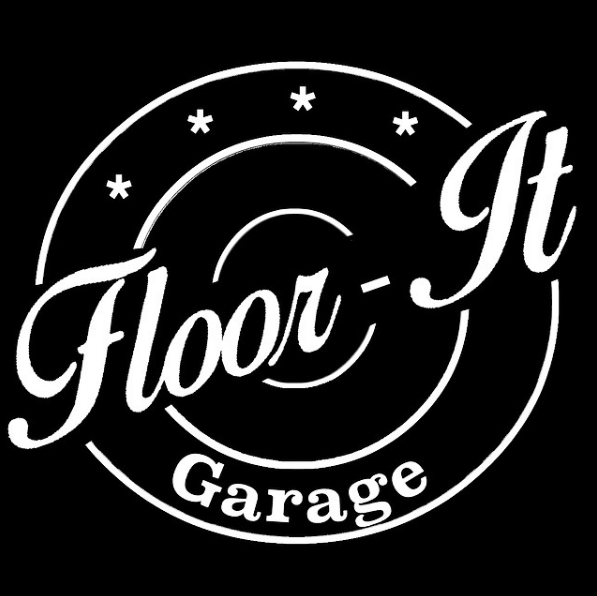Knock Sensor Resource page
Knock sensor's can add a layer of protection and safety to a build. In the simplest of terms, these are a microphone that listens for knock or detonation in and engine while running. If you're ECU supports this feature you can wire in these sensors and calibrate them to hear knock and the ECU will react and run in the engine in a safer way that will prevent the knock from doing damage. Of course its best to not rely on this feature, you want your tune to be spot on and these to react in case of bad fuel or extremely hot air intake temperatures.
Similar to narrow band vs wideband oxygen sensors, many engines have knock sensors that are tuned to listen for a specific frequency only. Modification of an engine from stock can change what frequency knock occurs, whether that be from different valvetrains, displacement changes etc. The knock sensors we sell are a Bosch sensor designed for motorsport use. They are often called "KSP-4 sensors" and have a useful frequency range from 3 to 25kHz, basically covering all scenarios.

Knock sensor kit M12 - Floor It PN: S-KS03
Location - knock sensors is usually best in the OEM location if the engine in question had them. If not the ideal location is on the block near the head. If using a banked engine like a V8 or a long engine like a Inline 6 it will be necessary to use 2 sensors to properly hear all cylinders. Packaging and how close they are to heat sources will be factors as well.
Our kits come with options for mounting them with M8, M10 and M12 bolts.
Correct torque is 20Nm or 14.75 lb-ft.
Wiring - Knock sensors are not polarity sensitive. They do require connection to specific pins on an ECU, check you ECU's documentation for support and which pin(s) to use. The other pin goes to ECU sensor ground.
The signal is very sensitive, the wiring must be shielded to prevent any electromagnetic interference from altering the signal. Remember to ground only one side of the shield.
